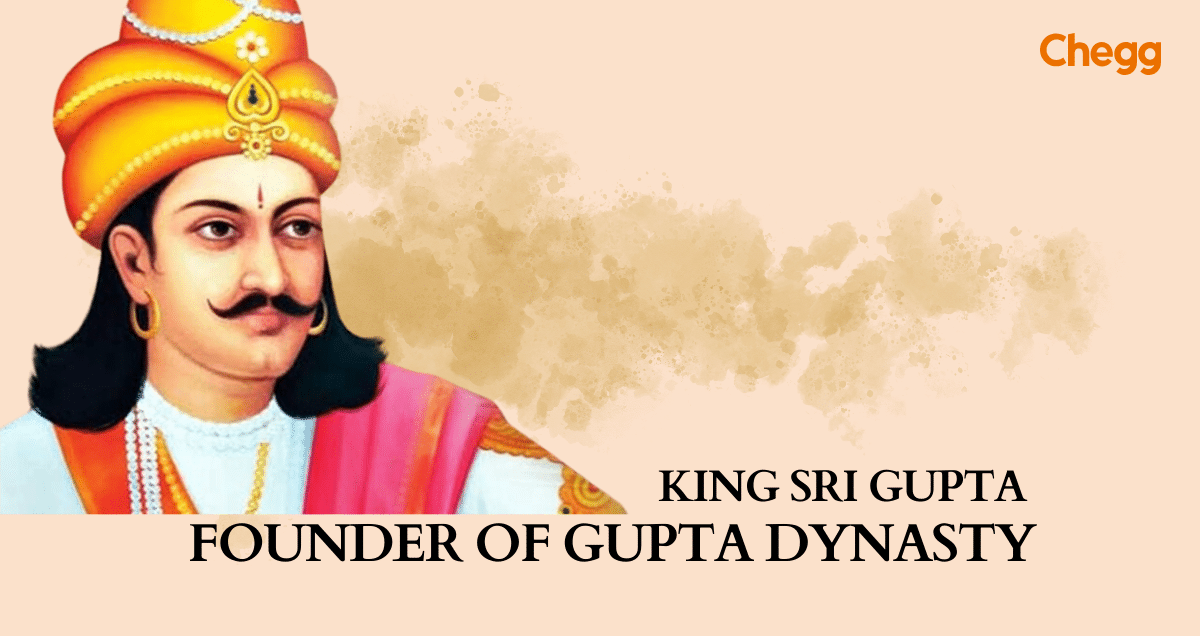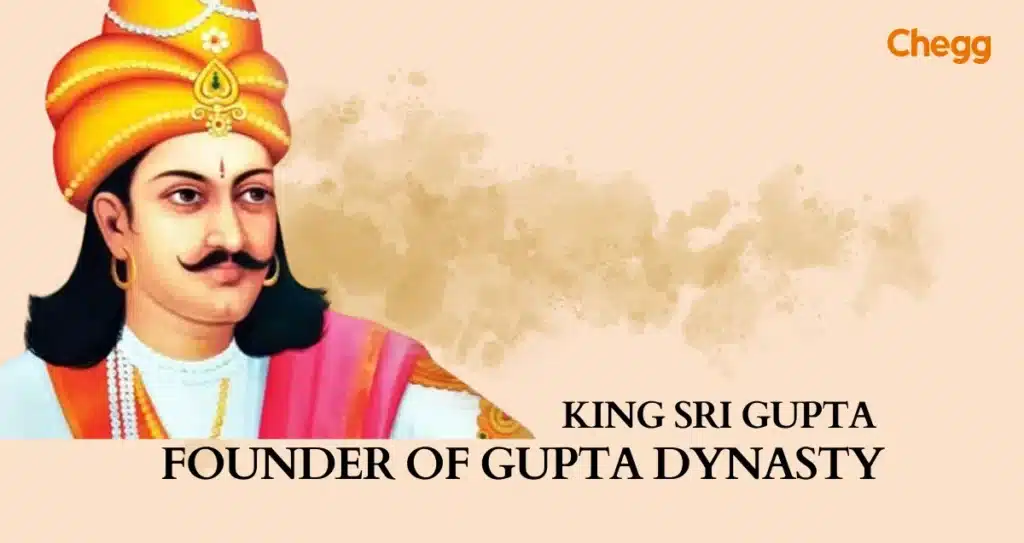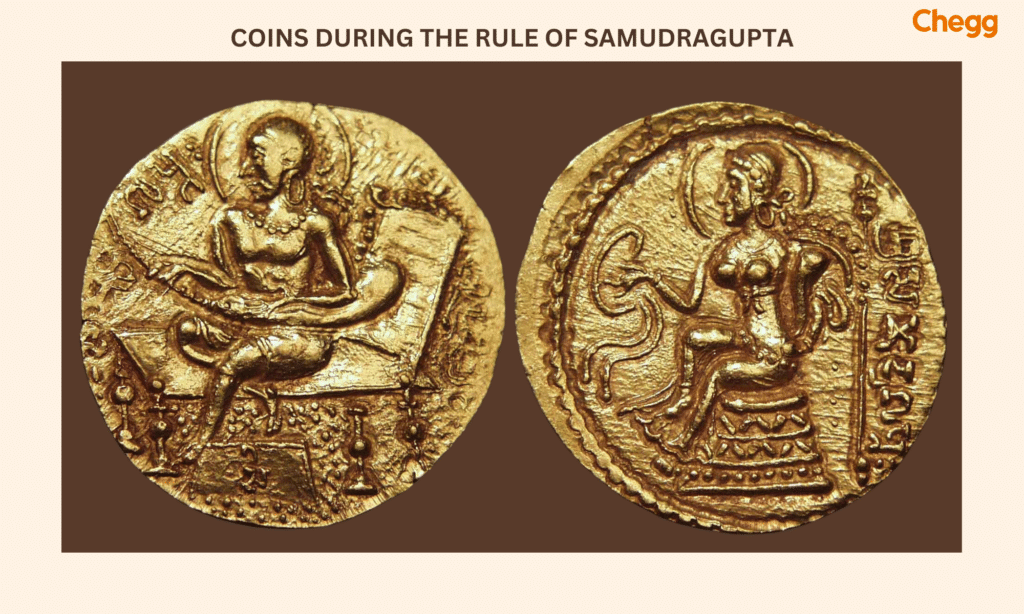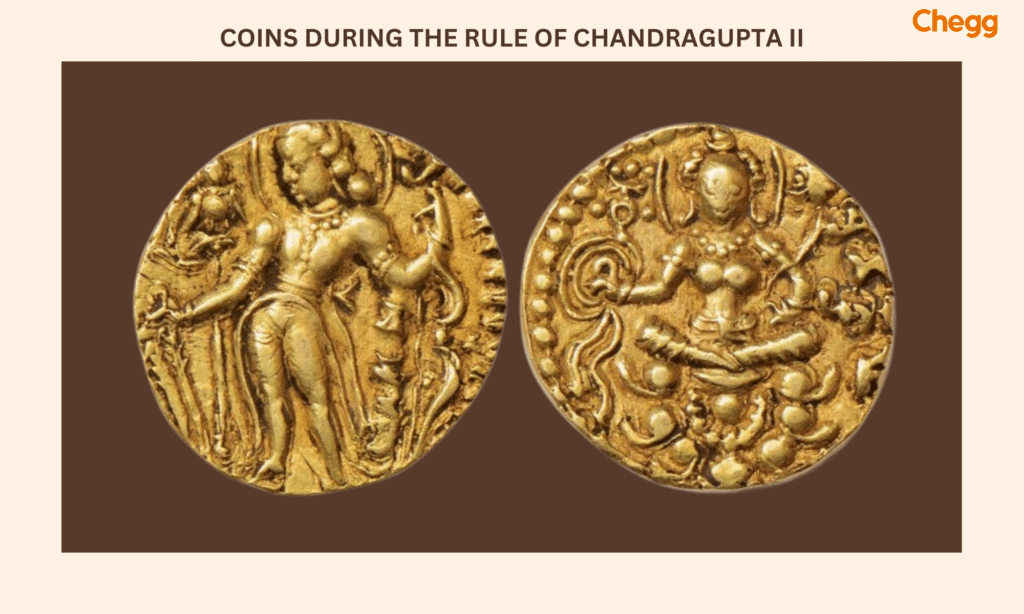
Quick Summary
Table of Contents
The founder of Gupta dynasty was Maharaja Sri Gupta. He established the Gupta Empire in ancient India, which later became one of the most influential dynasties in Indian history. The Gupta period is often referred to as the “Golden Age of India” due to its remarkable achievements in various fields like science, art, literature, and administration.
This article provides an in-depth analysis of the founder of Gupta dynasty, his contributions, the rise of the Gupta Empire, and its impact on Indian history.
The founder of the Dynasty gupta was Sri Gupta. Chronicling the ascent of the Gupta Dynasty involves understanding various factors. During his rule, he transformed from a local rule to set up a central power. This later paved the way to establish the Gupta dynasty as India’s dominant force. The dynasty’s progenitor is Sri Gupta, though there is limited information about him. His diplomatic alliances helped in the further growth of the empire. Under his descendants’ rule, the Gupta Dynasty grew in prominence. However, Chandragupta I expanded and consolidated Gupta’s power.
key points of chandra gupta
These points summarize his crucial role in founding and shaping the Gupta Empire.
There is limited historical evidence regarding the early life of the founder of Gupta dynasty. However, inscriptions and records suggest that Sri Gupta was a local ruler in eastern India. He strategically strengthened his kingdom through alliances and efficient governance.
The founder of Gupta dynasty, Maharaja Sri Gupta, initially ruled a small territory. His leadership and vision helped in laying a strong administrative foundation, which later helped in the expansion of the empire.

Below is a table of all the rulers of the Gupta Dynasty right from its beginning. It also provides the Gupta Dynasty family tree, its ruling duration, and notable work.
| Gupta Dynasty Ruler | Reign | Notable Facts |
| Sri Gupta | 3rd century CE | Founder of Gupta Dynasty. Created the empire from a small region in Magadh. |
| Ghatotkacha | 4th century CE | Expanded the Gupta Empire’s territory with his diplomatic thinking. |
| Chandragupta I | 4th century to 5th century | Last ruler of the Gupta Dynasty. Also known as “Adityagupta” |
| Samudragupta | 4th century to 5th century | Known as the “Napoleon of India” for his military conquests. His defeats were a result of both diplomacy and force. |
| Chandragupta II | 4th century to 5th century | Also known as “Vikramaditya”. He promoted art, literature, and scholarship during his reign |
| Kumaragupta I | 5th century | Reigned during a period of stability and prosperity. Provided great support to scholars, especially in mathematics and astronomy. |
| Skandagupta | 5th century | Successfully defended against the Hun invasions. Protected the Buddhist monasteries during a time of turmoil. |
| Kumaragupat II | 5th century | Known for his patronage of art and architecture. Also constructed various temples and monuments. |
| Budhagupta | 5th century | Strengthened trade and diplomatic ties with foreign powers. Continued religious tolerance. |
| Narasimhagupta | 5th century | Continued the Gupta Empire’s prosperity and cultural growth. Known for his contributions to mathematics and science. |
| Vishnugupta | 5th century | Last ruler of Gupta Dynasty. Also known as “Adityagupta” |
Chandragupta I who was the founder of the Dynasty gupta helped shape Indian history and culture. His rule set the stage for the dynasty’s prosperity. Although the Gupta dynasty family tree shows many rulers, he has major credit. He also laid the foundation for the later “Golden Age of India.”
One of the most crucial steps was his marriage to Kumaradevi. She was a Lichchhavi princess from the Licchavi kingdom. This marriage brought him political legitimacy as well as territorial gains and resources. He was a patron of Hinduism but did not suppress other religions. He introduced new coinage systems. His rule also began a cultural renaissance in the Gupta Empire.
Political and Administrative Innovations:

Samudragupta was one of the most renowned rulers of the Gupta Dynasty. Due to his excellent military exploits and victories, he is often called the “Napoleon of India.” He launched two significant military expeditions.
His victories were both due to diplomacy and force. He included states such as Shakas, Kushanas, and Pallavas in the Gupta empire. He supported and respected multiple faiths. This led to social harmony during his rule.

Chandragupta II’s rule was a time of great cultural and artistic achievements. His administrative improvements helped in the success of the Gupta Empire. He was a great supporter of arts and literature. The most famous poet of his court was Kalidasa. He composed several famous works during this period, including the “Shakuntala” and “Malavikagnimitram.” The great mathematician Aryabhata also made his contribution in this period. The Gupta Empire under Chandragupta II experienced economic well-being. During his rule, trade and commerce grew. Its huge trade networks connected India with other parts of Asia. He supported the construction of Hindu temples and other architectural structures.

Kumaragupta I earned the title “Mahendraditya”. It showed his successful leadership quality and military power. One of the most diplomatic acts was his alliance between the Guptas and Lichchhais. This built up both the political and military sides in his rule. He also conducted successful military campaigns against the Western Kshatrapas. Also, he left behind several inscriptions that provide insights into his rule. He issued gold coins, known as “Dinars,” widely used for trade. Under his rule, the Sanskrit literature also grew.

Skandagupta’s reign is significant as the last ruler of the Gupta dynasty who managed to hold back the external threats posed by the Huna. He earned the title “Vikramaditya” for his successful defense against the Huna. However, the Gupta Dynasty continued to weaken after his rule. It entered a period of fragmentation and decentralization. The dynasty’s influence gradually waned. By the end of the 6th century CE, it had largely disappeared as a centralized power in India.

The “Nine Luminaries of the Gupta Court” refers to distinguished scholars, poets, and intellectuals associated with the Gupta Dynasty. They were present mainly during the reign of Chandragupta II and his successors. These luminaries shaped ancient India’s cultural and intellectual landscape.
The Gupta period is often called the “Golden Age of India.” Under the Gupta Dynasty, this period was considered a time of great achievements and cultural refinement. India experienced a flourishing culture, science, and numerous intellectual and artistic Chandragupta 1 achievements. It has indeed left a lasting impact on Indian civilization.

1. Cultural Achievements: The Gupta Dynasty was a patron of art and culture. It saw the creation of some of the most iconic and enduring works of art, such as the Ajanta and Ellora caves.
2. Literary Excellence: Sanskrit literature reached its zenith during the Gupta period. Classical Sanskrit poets included Kalidasa and Vatsyayana during this period.
3. Advancements in Science and Mathematics: The Gupta period saw major growth in astronomy, mathematics, and medicine.
4. Economic Prosperity: The Gupta Empire was economically prosperous. The empire engaged in trade with various regions.
5. Political Stability: The Gupta Dynasty rulers provided political stability. It allowed for cultural and intellectual achievements to flourish.
6. Legal System: The Gupta Dynasty rulers had a well-established legal system. It worked on the principles of Dharma, which included moral and ethical duties.
7. Art and Architecture: The Gupta Dynasty rulers are known for contributing to art and architecture. This includes the exquisite sculptures and frescoes such as the Ajanta and Ellora cave complexes.
8. Religious Tolerance: The Gupta emperors were tolerant of different religious beliefs, allowing for the coexistence of Buddhism, Jainism, and other faiths.
9. Political Stability: The Gupta Dynasty rulers provided a period of political stability. This allowed cultural and intellectual achievements to flourish. The empire’s administration was efficient and well-organized.
Maharaja Sri Gupta, the founder of the Gupta dynasty, played a crucial role in shaping the future of ancient India. His contributions laid the groundwork for what would later be celebrated as the Golden Age of India. This period was marked by significant advancements in various fields, including science, art, literature, and governance. Let’s delve into the details of his legacy:
Maharaja Sri Gupta demonstrated exceptional strategic leadership. As the founder of the Gupta dynasty, he established a powerful empire that would endure for centuries. His vision and foresight enabled the Gupta Empire to expand its territories and influence, setting the stage for future prosperity.
One of Sri Gupta’s notable achievements was the creation of a stable and efficient administrative system. This strong governance structure ensured that the empire was well-managed and could sustain its growth. The administrative practices he put in place were carried forward by his successors, contributing to the long-term stability of the empire.
The legacy of Maharaja Sri Gupta inspired future rulers of the Gupta dynasty, such as Samudragupta and Chandragupta II. These rulers continued to build on the foundation laid by Sri Gupta, leading to an era of remarkable cultural and intellectual achievements. The Gupta dynasty’s contributions to Indian civilization are still remembered and celebrated today.
The Gupta Dynasty is typically covered under the “History of India” section. This specifically comes under the “Ancient Indian History.” The Gupta Dynasty represents a crucial period in the history of India. Knowledge of the Gupta Dynasty is thus vital for a comprehensive grasp of India’s historical and cultural heritage.
The topics related to the Gupta Dynasty that are frequently asked in the UPSC exam include
Sri Gupta who was the founder of Gupta Dynasty ruled between 240 and 280 CE. Chandragupta I who was the founder of Gupta Dynasty ruled from 319 to 335 and 336 CE and started the Gupta Era. The Gupta Dynasty is a remarkable chapter in the history of ancient India. It has left a lasting legacy in various fields. It became important due to its cultural, scientific, and administrative achievements and political stability. However, over time, the Gupta Dynasty faced challenges and declined. Despite its eventual decline, its contributions in various domains remain proof of this Golden Age.

Famous Gupta Dynasty rulers include Chandragupta I, Samudragupta, Chandragupta II, and Kumargupta I.
The Gupta Dynasty ruled India from around 320 to 467 CE, ushering in a golden age of cultural, scientific, and economic advancements.
Pataliputra. It offered both military advantages and easy access to trade routes.
Samudragupta is widely regarded as the greatest king of the Gupta Dynasty, as the empire expanded to its largest territorial extent during his reign.
Sri Gupta founded the Gupta Dynasty around the early to mid-4th century, laying the foundation for one of ancient India’s most influential empires.
Vishnugupta Chandraditya (Gupta script: Vi-ṣ-ṇu-gu-pta, Sanskrit: विष्णुगुप्त) was one of the lesser-known monarchs of the Gupta Dynasty and is generally considered to be the last ruler of the Gupta Dynasty.
The founder of the Gupta dynasty was Sri Gupta.
The first ruler of the Gupta Empire was Sri Gupta, and the last significant ruler was Skandagupta.
Also Read:-

Authored by, Amay Mathur | Senior Editor




Amay Mathur is a business news reporter at Chegg.com. He previously worked for PCMag, Business Insider, The Messenger, and ZDNET as a reporter and copyeditor. His areas of coverage encompass tech, business, strategy, finance, and even space. He is a Columbia University graduate.
Editor's Recommendations
Chegg India does not ask for money to offer any opportunity with the company. We request you to be vigilant before sharing your personal and financial information with any third party. Beware of fraudulent activities claiming affiliation with our company and promising monetary rewards or benefits. Chegg India shall not be responsible for any losses resulting from such activities.
Chegg India does not ask for money to offer any opportunity with the company. We request you to be vigilant before sharing your personal and financial information with any third party. Beware of fraudulent activities claiming affiliation with our company and promising monetary rewards or benefits. Chegg India shall not be responsible for any losses resulting from such activities.